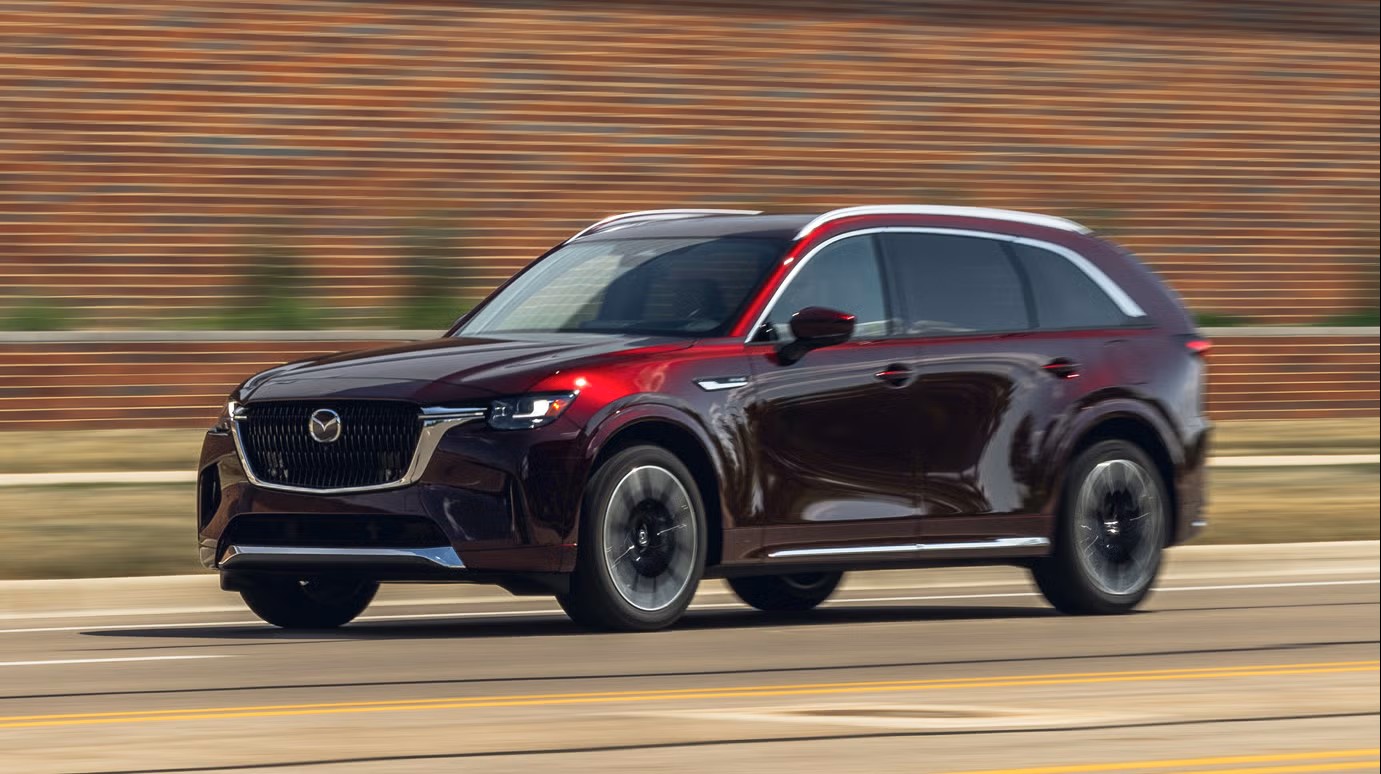In today’s connected world, seamless Bluetooth integration isn’t just a luxury it’s become an essential feature for modern drivers. Whether you’re streaming music, making hands-free calls, or utilizing navigation apps, a reliable connection between your smartphone and vehicle can dramatically enhance your driving experience.
However, not all automotive Bluetooth systems are created equal. The difference between a well-implemented system and a problematic one can mean the difference between a pleasant commute and a frustrating technological ordeal.
The best systems connect automatically, maintain stable connections regardless of conditions, and offer intuitive controls that don’t require an engineering degree to operate.
Meanwhile, subpar implementations can leave drivers dealing with constant disconnections, audio delays, and complicated pairing procedures that detract from the driving experience.
This guide examines ten popular vehicles five with exceptional Bluetooth technology that creates a seamless user experience, and five that consistently frustrate owners with connectivity issues.
Whether you’re in the market for a new vehicle or simply curious about how your current car stacks up against the competition, understanding these Bluetooth implementations can help you make more informed decisions about your automotive technology needs.
5 Cars With Seamless Bluetooth
These vehicles feature exceptional Bluetooth systems that pair instantly with your devices and maintain rock-solid connections throughout your entire journey without frustrating interruptions.
From crystal-clear call quality to instantaneous music streaming, these reliable Bluetooth implementations enhance your driving experience with their consistent, trouble-free performance.
Even when returning to your vehicle after extended periods, these superior systems reconnect automatically within seconds, eliminating the hassle of manually reestablishing your connection every time.
1. Toyota Camry (2023-2025)
The recent Toyota Camry models exemplify how mainstream vehicles can excel at technological integration without overwhelming complexity. Toyota’s approach to Bluetooth connectivity in the Camry demonstrates a fundamental understanding of what drivers need and want from their in-car technology.
The Camry’s Bluetooth system connects automatically and almost instantaneously when you enter the vehicle with your paired device. This seemingly simple feature eliminates the frustration of manually reconnecting every time you start your car.
The system remembers multiple devices and intelligently prioritizes connections based on previous usage patterns, making it ideal for families or situations where several people might drive the same vehicle.
Audio quality through the Camry’s Bluetooth system is exceptional, with minimal compression artifacts even at higher volumes. The implementation includes advanced audio codecs that maintain fidelity for both music streaming and voice calls.
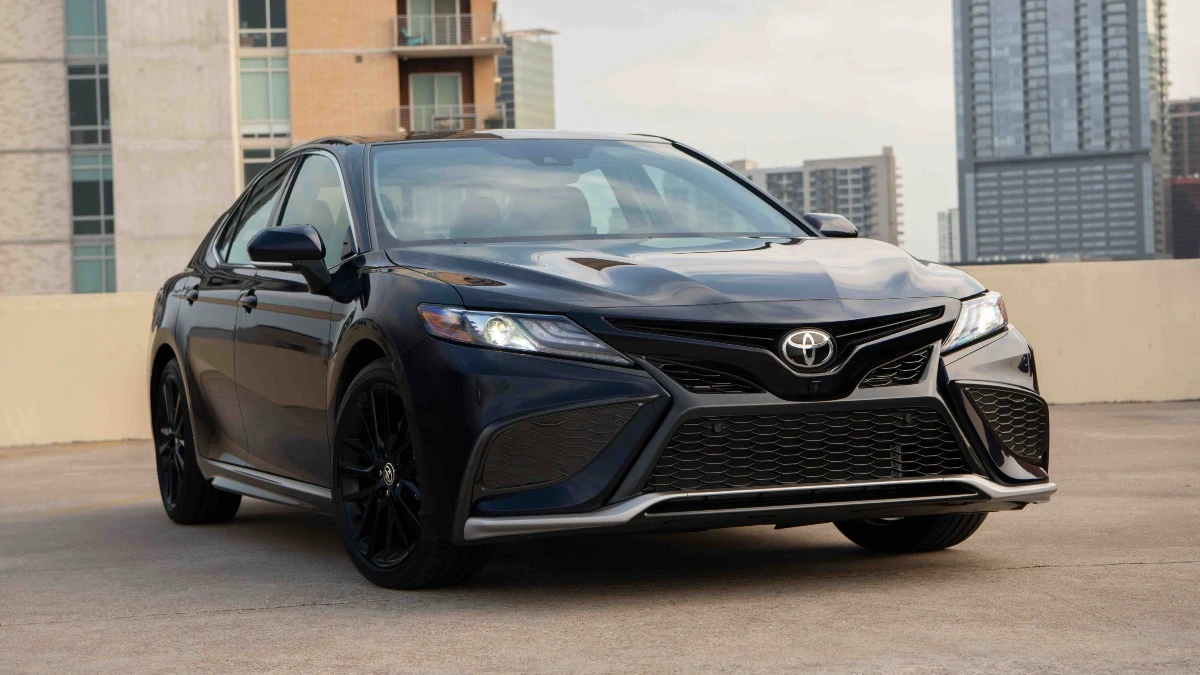
During calls, the system employs sophisticated noise cancellation that effectively filters out road noise, wind, and other ambient sounds, ensuring clear communication even at highway speeds.
What truly sets the Camry apart is how seamlessly the Bluetooth functionality integrates with the vehicle’s other systems. The steering wheel controls are intuitively positioned and responsive, allowing drivers to adjust volume, change tracks, and answer calls without taking their eyes off the road.
The centralized touchscreen display provides visual feedback that’s easy to interpret at a glance, with large, clearly labeled icons that minimize distraction.
Perhaps most impressively, Toyota regularly provides over-the-air updates to the Camry’s infotainment system, ensuring compatibility with new smartphone models and addressing any connectivity issues before they become problematic for owners. T
his commitment to ongoing support means the Bluetooth experience remains consistently excellent throughout the vehicle’s lifetime.
2. Honda Accord (2024-2025)
The redesigned Honda Accord has emerged as a technological standout in the midsize sedan segment, particularly with its exceptional Bluetooth implementation.
Honda engineers have prioritized wireless connectivity as a core feature rather than an afterthought, resulting in one of the most reliable systems on the market today.
The Accord’s Bluetooth system establishes connections with remarkable speed, typically within two to three seconds of entering the vehicle. The system supports simultaneous pairing with up to ten devices, easily switching between them through a straightforward menu system.
This multidevice support is particularly valuable for households with several drivers or for business professionals who may use different phones for work and personal use.
Audio streaming through the Accord’s Bluetooth connection delivers impressive clarity and depth. The system supports high-resolution audio formats, preserving the nuances in music that are often lost through compressed Bluetooth transmission.
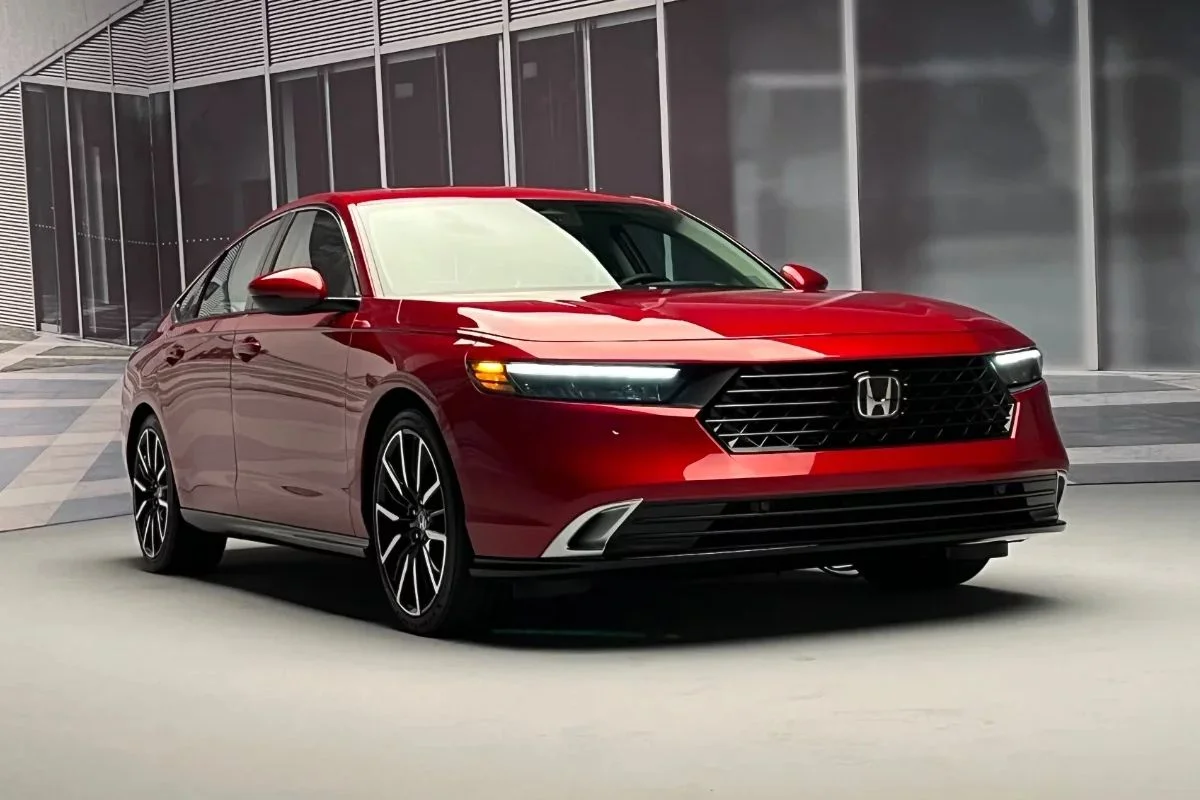
For calls, the Accord utilizes an array of strategically placed microphones throughout the cabin, creating a conferencing effect that captures the driver’s voice regardless of ambient noise conditions.
The Accord’s user interface deserves particular praise for its thoughtful design. The system provides multiple ways to access Bluetooth functions through the touchscreen, voice commands, or steering wheel controls, allowing drivers to choose their preferred method of interaction.
Voice recognition is especially accurate, correctly interpreting commands even with varied accents or speech patterns. Connection stability is where the Accord truly shines.
The system maintains rock-solid connections even in challenging environments like underground parking garages or areas with significant electromagnetic interference.
This reliability extends to automatic reconnection after temporary interruptions, resuming playback exactly where it left off without requiring user intervention.
3. Mazda CX-90 (2023-2025)
The Mazda CX-90 represents the Japanese automaker’s commitment to blending sophisticated technology with an intuitive user experience. Mazda’s approach to Bluetooth connectivity in its flagship SUV focuses on reliability and simplicity without sacrificing advanced functionality.
Initial Bluetooth pairing in the CX-90 is remarkably straightforward, guided by clear on-screen instructions that eliminate guesswork. Once paired, the system connects automatically within seconds of starting the vehicle, with no lag between connection and functionality.
The CX-90 can store up to seven different device profiles, each maintaining individual preference settings for audio levels and notification behaviors.
The CX-90’s Bluetooth implementation stands out for its exceptional audio performance. Mazda collaborated with acoustic engineers to optimize the system for the specific cabin dimensions and materials of the CX-90, resulting in audio reproduction that rivals wired connections.
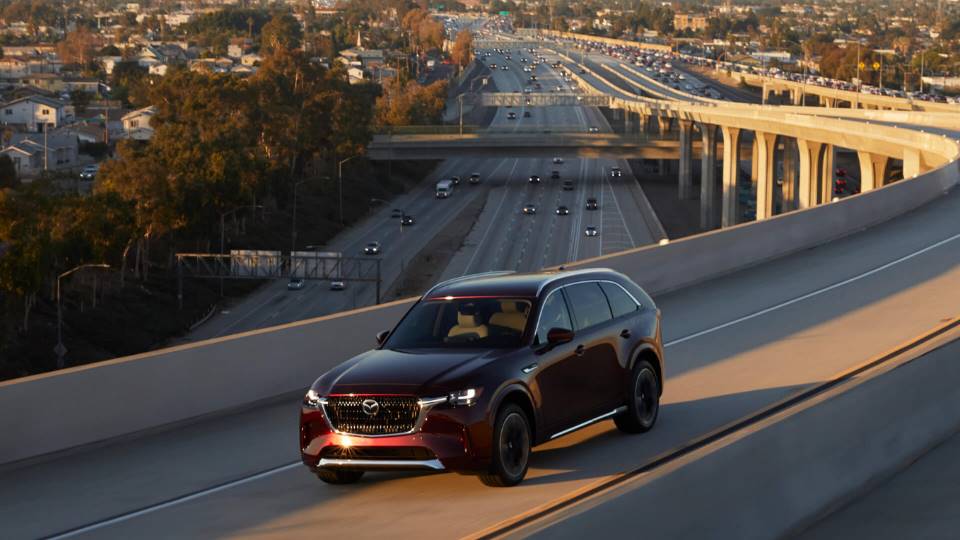
For phone calls, the system uses beamforming microphone technology that focuses specifically on the speaker’s voice while actively canceling extraneous sounds.
Mazda’s unique approach to controls also enhances the Bluetooth experience. Rather than relying solely on touchscreen interactions, which can be distracting while driving, the CX-90 features a rotary controller and physical buttons that provide tactile feedback.
This allows drivers to navigate Bluetooth functions by feel alone, minimizing visual distraction. The complementary voice control system responds to natural language commands, understanding contextual requests like “call my wife” without requiring specific phrasing.
Perhaps most impressively, the CX-90’s Bluetooth system integrates seamlessly with the vehicle’s other features. When a call comes in, for example, the navigation volume automatically lowers, and the climate control fan speed temporarily reduces to ensure optimal call clarity.
These thoughtful integrations demonstrate Mazda’s holistic approach to in-car technology, treating Bluetooth connectivity as an integral part of the driving experience rather than an isolated feature.
4. Hyundai Ioniq 6 (2023-2025)
As an all-electric vehicle designed from the ground up around modern technology, the Hyundai Ioniq 6 represents the cutting edge of automotive Bluetooth integration.
Hyundai’s engineers approached connectivity with a clean-slate mentality, free from the legacy systems that often constrain established models. The Ioniq 6 employs Bluetooth 5.2 technology, the latest widely available standard, which provides significantly improved range, bandwidth, and connection stability compared to older versions.
This advanced implementation allows for simultaneous high-quality connections to multiple devices, supporting both audio streaming and phone functionality without forcing users to choose between them.
Pairing with the Ioniq 6 is virtually effortless, with multiple options including traditional menu-based pairing, Near Field Communication (NFC) tap-to-connect functionality, and QR code scanning.
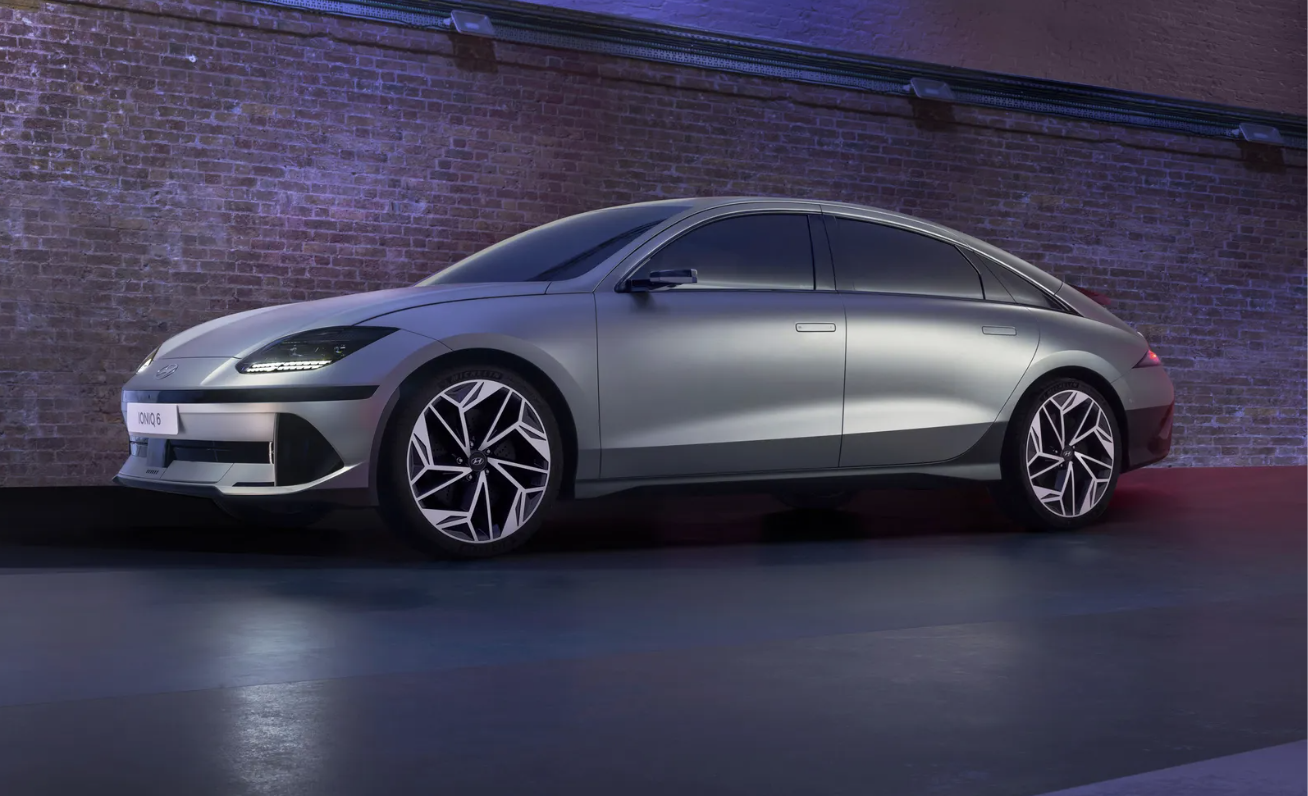
Once paired, the system prioritizes reconnection speed, typically establishing a connection before the driver has even settled into the seat. The system is particularly adept at managing the transition between different connection types, seamlessly switching from Bluetooth to wireless Android Auto or Apple CarPlay when appropriate without user intervention.
Audio performance through the Ioniq 6’s Bluetooth connection is exceptional, benefiting from the inherently quiet cabin of the electric vehicle. Without engine noise to compete with, the system delivers remarkable clarity for both music and calls.
For voice calls, the Ioniq 6 employs an advanced digital signal processing system that adapts in real-time to changing noise conditions, ensuring consistent call quality regardless of driving environment.
The user interface for Bluetooth functions in the Ioniq 6 deserves special mention for its customizability. Users can configure the system to their preferences, including everything from connection behavior to audio processing parameters.
The display can be personalized to show the information most relevant to each user, with the option to create different profiles for different drivers. This level of personalization ensures that the Bluetooth experience feels tailored to individual needs rather than forcing users to adapt to the system.
Also Read: 5 Cars With Effective Lane Assist and 5 That Can’t Stay Straight
5. Audi Q8 e-tron (2024-2025)
The Audi Q8 e-tron exemplifies how premium automakers can raise Bluetooth connectivity from mere utility to a refined technological experience.
Audi’s approach combines cutting-edge technology with meticulous attention to user experience design, resulting in one of the most sophisticated and reliable Bluetooth implementations available.
Connection establishment in the Q8 e-tron is nearly instantaneous, with the system detecting and connecting to paired devices before the driver has even closed the door.
The system supports Class 1 Bluetooth transmission, extending the effective range to approximately 100 meters significantly farther than typical implementations.
This extended range is particularly useful when approaching the vehicle, as audio streaming can begin seamlessly from a distance. The Q8 e-tron’s Bluetooth system stands out for its exceptional audio fidelity.
The vehicle employs aptX HD and LDAC codecs, audiophile-grade transmission protocols that preserve significantly more audio detail than standard Bluetooth.
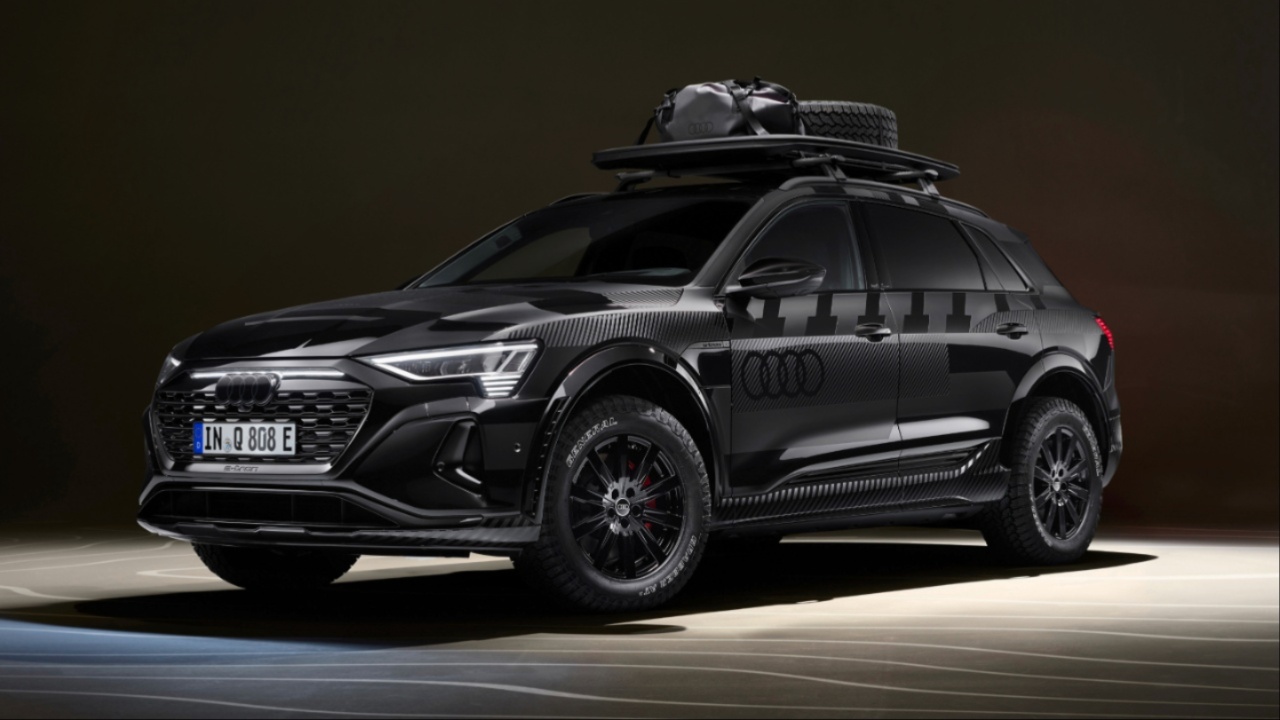
This high-resolution capability is matched with sophisticated digital signal processing that optimizes sound specifically for the acoustic properties of the Q8’s cabin.
For calls, the system uses an array of eight microphones strategically positioned throughout the interior, creating a virtual sound booth that delivers crystal-clear voice transmission regardless of road conditions.
Audi’s MMI (Multi Media Interface) provides multiple intuitive ways to control Bluetooth functions. The dual-touchscreen setup features haptic feedback that confirms inputs without requiring visual attention.
The virtual assistant responds to natural language commands with remarkable accuracy, understanding contextual instructions like “call John’s office” or “play my driving playlist” without requiring specific syntax. For those who prefer physical controls, the steering wheel buttons and rotary controller provide tactile alternatives.
What truly distinguishes the Q8 e-tron’s Bluetooth system is its intelligent integration with the vehicle’s other systems. When a call is detected as a conference call, the system automatically activates enhanced noise cancellation modes.
The system also remembers individual preferences for different types of calls, keeping business calls private through the driver’s side speakers only while routing personal calls through the entire sound system when appropriate. These thoughtful touches raise the Bluetooth experience from merely functional to genuinely delightful.
5 That Always Disconnect
Despite modern technology, these vehicles contain infuriatingly unreliable Bluetooth systems that randomly disconnect during calls and music streaming without warning or apparent reason.
Owners report constant frustration with these problematic connections, which require frequent repairing and often fail when needed most during important conversations or navigation.
Even after dealer visits and software updates, these notorious Bluetooth offenders continue to undermine the driving experience with their unpredictable performance and inconsistent functionality.
1. Nissan Kicks (2022-2025)
The Nissan Kicks presents a disappointing contrast to the seamless connectivity found in class leaders, with Bluetooth implementation that often feels like an afterthought rather than an integral feature.
Despite being a relatively new design targeting tech-savvy younger buyers, the Kicks struggles with fundamental connectivity issues that can transform simple tasks into frustrating ordeals.
Initial pairing with the Kicks requires navigating through multiple menu layers with confusing terminology. The system frequently fails to detect devices despite being in discovery mode, often requiring multiple attempts before successful pairing.
Once paired, devices should theoretically reconnect automatically, but in practice, the Kicks demonstrates inconsistent behavior, sometimes connecting immediately and other times requiring manual intervention through the infotainment system.
Audio quality through the Kicks’ Bluetooth connection is noticeably compromised, with audible compression artifacts even with high-quality audio sources.
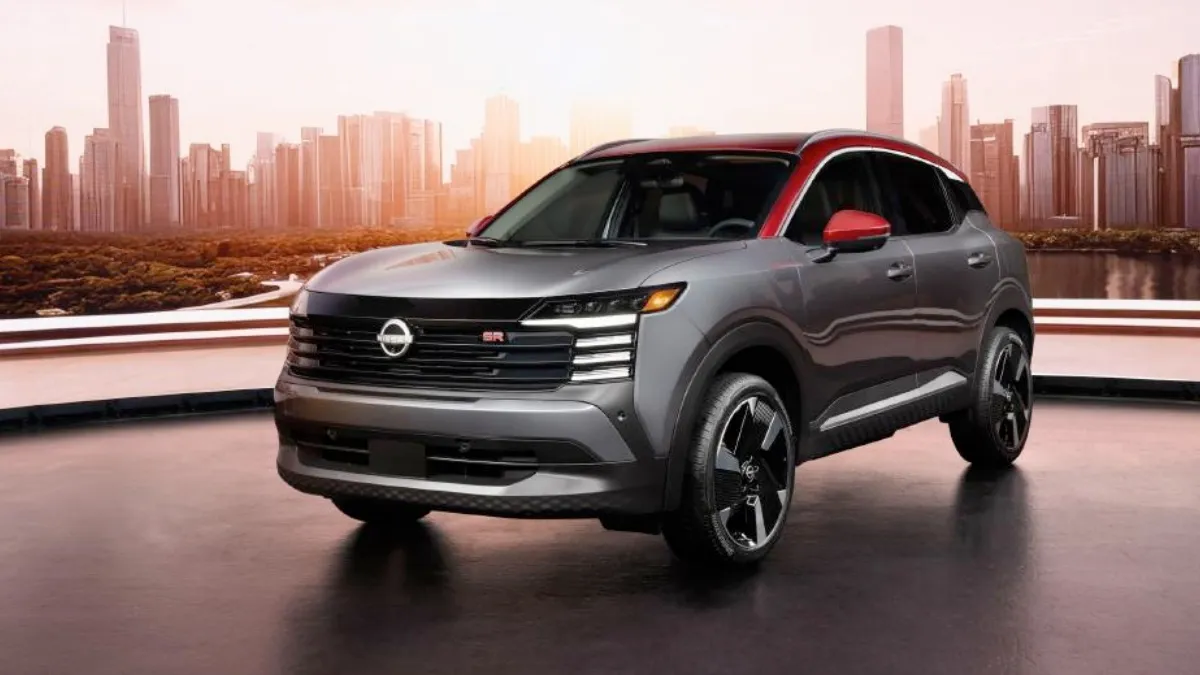
Music playback suffers from occasional stuttering, particularly when the vehicle is processing other tasks simultaneously, such as navigation recalculation.
Call quality is similarly problematic, with frequent complaints from call recipients about hollow, distant-sounding audio and inconsistent volume levels.
The user interface compounds these technical shortcomings. The touchscreen response is often laggy, with delays between tapping a Bluetooth control and the system executing the command.
The small screen size forces Bluetooth controls into crowded menus that require precise inputs, creating a significant distraction while driving. Voice commands for Bluetooth functions are limited and frequently misinterpreted, particularly in noisy driving conditions.
Perhaps most frustrating is the Kicks’ tendency to drop connections without warning or apparent cause. Users report connections spontaneously severing during playback or calls, requiring manual reconnection through the infotainment system an especially dangerous when occurring during highway driving.
Software updates have been infrequent and often fail to address these core Bluetooth issues, suggesting limited priority from Nissan in resolving these persistent problems.
2. Mitsubishi Outlander (2021-2024)
The Mitsubishi Outlander, despite a comprehensive redesign in recent years, continues to struggle with Bluetooth implementation that falls notably short of competitor standards.
The system exhibits numerous fundamental flaws that transform what should be convenient wireless connectivity into a frequent source of driver frustration.
The Outlander’s Bluetooth pairing process initially appears straightforward, but often becomes problematic in execution. The system frequently loses paired device information after vehicle software updates or occasionally even after routine power cycles, requiring users to repeatedly go through the pairing process.
When attempting to reconnect previously paired devices, the system sometimes displays them as available but fails to establish a connection, creating a confusing user experience.
Audio streaming performance is inconsistent at best. Users report significant audio delay sometimes exceeding three seconds between phone playback and in-car output, making it impossible to synchronize skip or pause commands between devices.
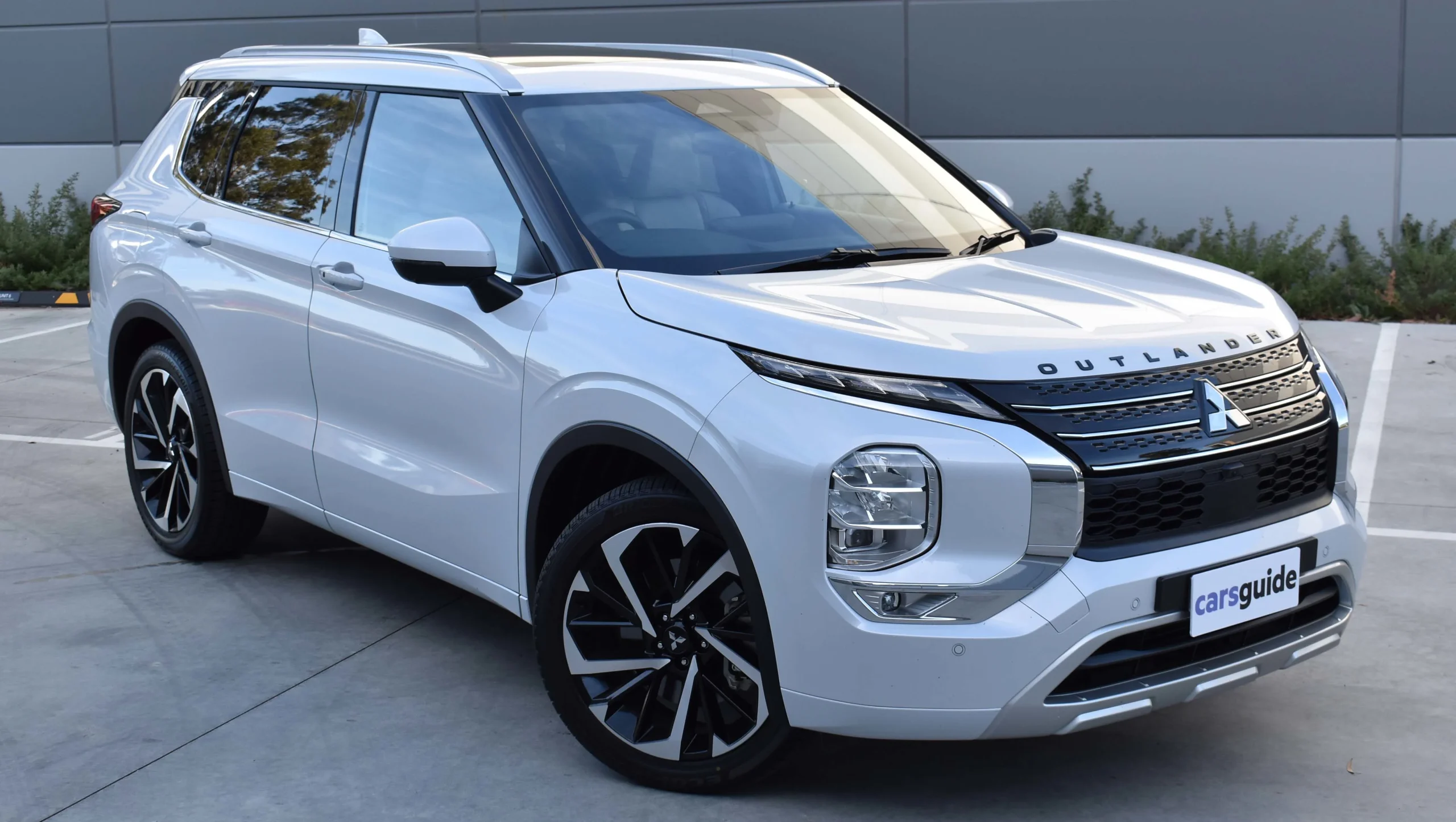
Sound quality suffers from noticeable digital artifacts, with a compressed, tinny quality even when streaming high-resolution audio files. Call quality is similarly compromised, with the system picking up excessive road and wind noise that renders conversations difficult in anything other than perfect driving conditions.
The Outlander’s user interface for Bluetooth functions is needlessly complex, buried within submenus that require multiple interactions to perform simple tasks like changing tracks or answering calls.
The touchscreen’s response time is sluggish, often resulting in multiple accidental inputs as users attempt to navigate through the laggy interface. Voice command functionality for Bluetooth operations is severely limited, recognizing only basic commands and frequently misinterpreting them.
Connection stability in the Outlander is perhaps its most significant shortcoming. The system is particularly prone to disconnections when transitioning between different driving environments, such as entering tunnels or parking structures.
When disconnections occur, the system often fails to automatically reestablish the connection, instead requiring manual intervention through multiple menu steps. This inconsistency makes the Bluetooth functionality unreliable precisely when drivers need dependable technology to minimize distraction.
3. Jeep Renegade (2022-2025)
The Jeep Renegade presents a case study in how even modern vehicles from established manufacturers can deliver fundamentally flawed Bluetooth experiences.
Despite Jeep’s rugged appeal and adventure-focused marketing, the Renegade’s connectivity solutions fail to match the dependability promised by the brand’s outdoor image.
Initial Bluetooth pairing with the Renegade is unnecessarily complicated by an unintuitive menu structure and inconsistent device recognition. The system often requires multiple pairing attempts before successfully connecting, with the process sometimes failing until the vehicle is restarted.
Once paired, devices should reconnect automatically upon vehicle startup, but the Renegade frequently fails to recognize previously connected devices, requiring manual reconnection through the infotainment system.
Audio performance through the Renegade’s Bluetooth connection is notably subpar. Music playback suffers from audible quality degradation compared to the same content played through USB or direct auxiliary connections.
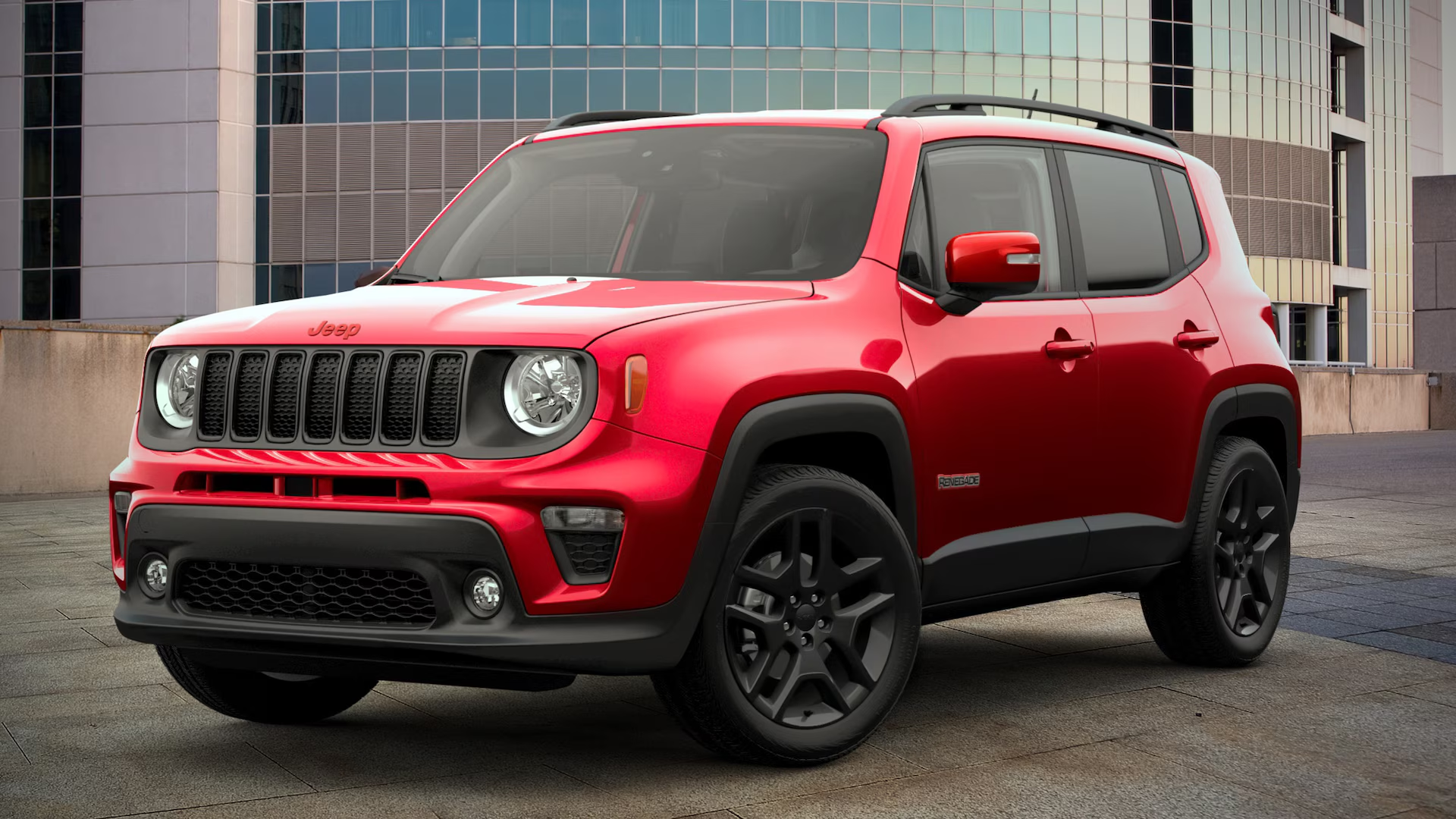
More concerning is the system’s tendency to introduce random volume fluctuations during playback, requiring constant adjustment by the driver. Call quality is similarly compromised, with frequent reports of echoing and voice distortion that render conversations difficult to understand, particularly at highway speeds.
The user interface exacerbates these technical limitations. The Renegade’s touchscreen is positioned at an angle that often creates significant glare, obscuring Bluetooth controls.
The system’s processing is sluggish, with noticeable delays between user inputs and system responses that encourage drivers to take their eyes off the road for extended periods while waiting for commands to register.
Voice controls for Bluetooth functions are frustratingly limited and often require specific phrasing that isn’t intuitive to most users. Connection stability is perhaps the Renegade’s most significant Bluetooth failing. Users consistently report random disconnections during normal operation, sometimes occurring multiple times during a single drive.
When these disconnections occur, the system frequently fails to recover automatically, instead displaying error messages that provide little guidance on resolving the issue.
The problem is particularly pronounced when using navigation simultaneously with Bluetooth audio, suggesting limited processing capability that forces compromises between essential vehicle functions.
4. Volkswagen Taos (2023-2025)
The Volkswagen Taos represents a particularly disappointing case of Bluetooth implementation, as it comes from a manufacturer with significant resources and technical expertise.
Despite Volkswagen’s reputation for German engineering precision, the Taos delivers a Bluetooth experience marked by overcomplicated processes and unreliable performance.
The pairing process in the Taos initially appears streamlined, but quickly reveals limitations. The system restricts the number of paired devices to just four, a significant constraint for vehicles that might be shared among family members or business colleagues.
More problematically, when attempting to add a new device after reaching this limit, the system provides confusing guidance on which existing device to remove, often using generic device identifiers that make it difficult to determine which phone corresponds to which saved profile.
Audio streaming through the Taos’s Bluetooth connection suffers from notable quality issues. Users report a distinct lack of bass response and compressed-sounding midrange, creating a thin, unsatisfying listening experience even with premium audio sources.
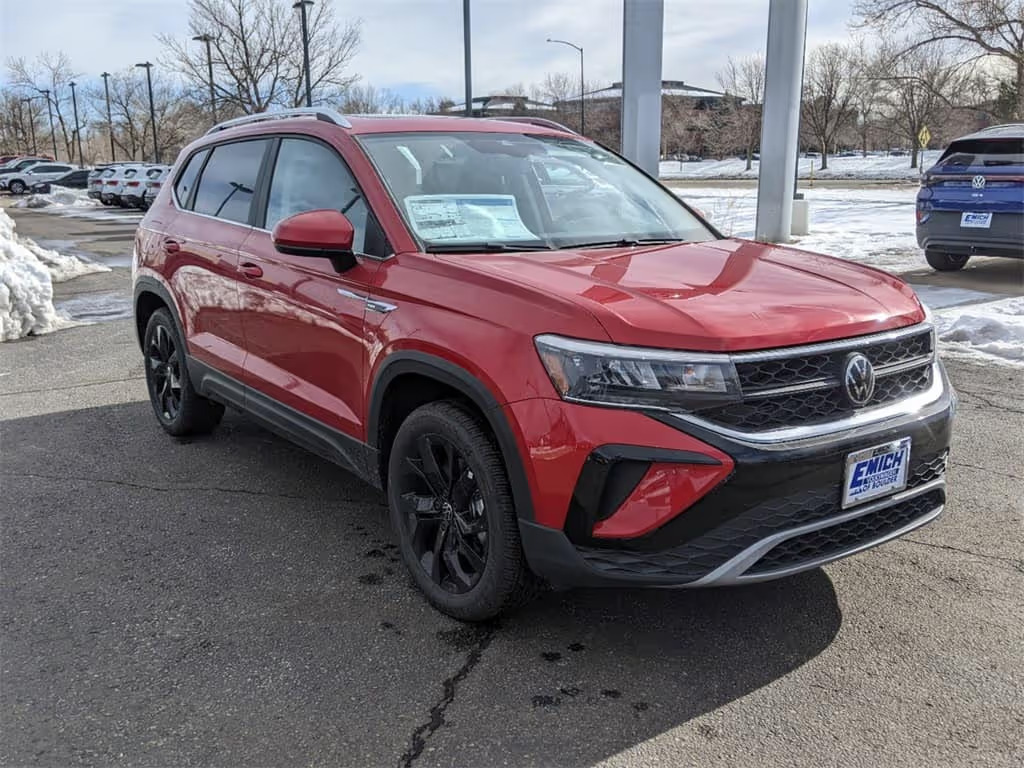
More concerning are the frequent audio drops during playback transitions, creating several seconds of silence when moving between tracks. Call quality is similarly compromised, with the system’s microphone array struggling to separate the driver’s voice from ambient vehicle noise, resulting in difficult-to-understand conversations for call recipients.
The user interface for Bluetooth functions in the Taos exemplifies unintuitive design. Critical Bluetooth controls are distributed across different screens within the infotainment system, requiring drivers to navigate through multiple menus for basic operations like changing audio sources or answering calls.
The touch-sensitive control panel lacks physical feedback, making it nearly impossible to operate by feel while driving and requiring visual attention for even simple adjustments.
Voice commands for Bluetooth operations are limited and often fail to recognize common requests, particularly from non-native English speakers.
Connection stability and consistency present ongoing challenges for Taos owners. The system demonstrates particular difficulty maintaining connections when the paired device is running multiple applications simultaneously, suggesting insufficient processing capability.
Most frustratingly, the Taos exhibits what owners have termed “morning amnesia,” a tendency to forget previously paired devices after the vehicle has been off for extended periods, requiring manual reconnection during the first drive of the day.
5. Land Rover Discovery Sport (2022-2025)
The Land Rover Discovery Sport exemplifies how premium price points don’t necessarily guarantee premium technology experiences. Despite positioning itself as a luxury vehicle with cutting-edge features, the Discovery Sport’s Bluetooth implementation suffers from significant usability and reliability issues that undermine its upscale aspirations.
Initial Bluetooth pairing with the Discovery Sport can be described as needlessly complex. The system requires navigating through multiple menu layers with inconsistent terminology, often using Land Rover-specific jargon that isn’t intuitive to new owners.
The pairing process frequently times out mid-completion, requiring multiple attempts before a successful connection. Once paired, the system should theoretically prioritize the most recently used device, but in practice often connects to whichever device it detects first, creating confusion in multi-device households.
Audio quality through the Discovery Sport’s Bluetooth connection falls noticeably short of expectations for a luxury vehicle. Music playback exhibits a compressed character with limited dynamic range, failing to take advantage of the vehicle’s otherwise capable speaker system.
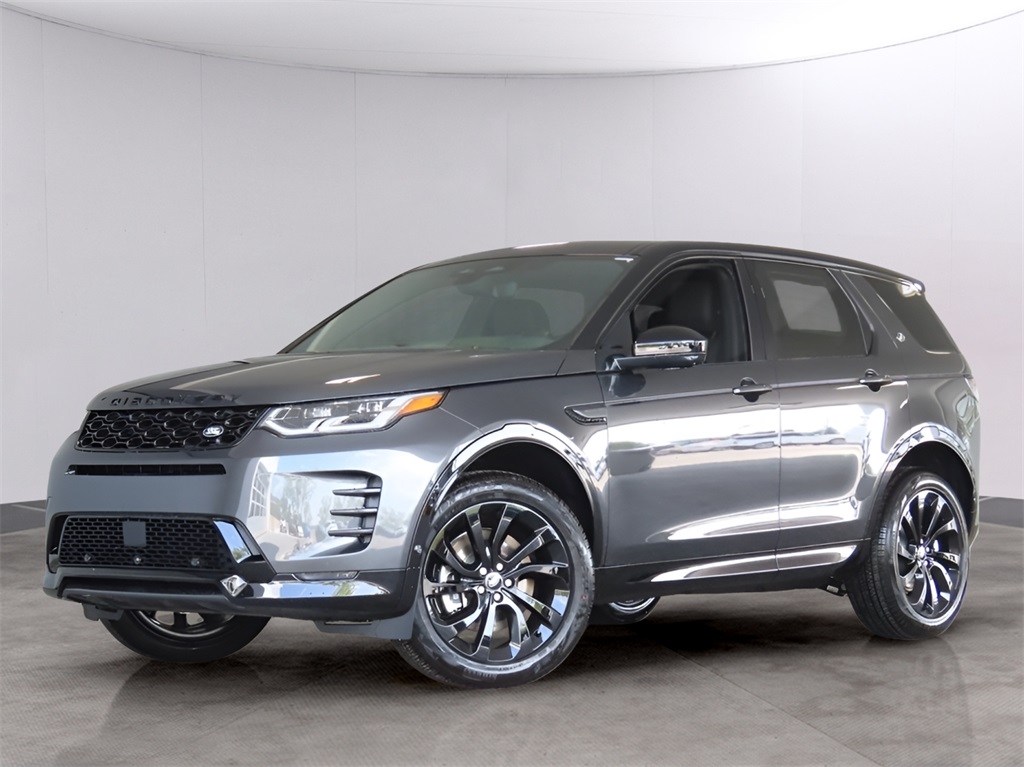
More concerning is the system’s tendency to introduce a slight but noticeable audio delay, creating an echo effect when the device is also producing sound (such as navigation prompts) simultaneously with the vehicle audio.
Call quality is similarly disappointing, with frequent complaints from call recipients about echoing and distant-sounding audio despite the vehicle’s premium noise insulation.
The user interface represents perhaps the most significant failing in the Discovery Sport’s Bluetooth implementation. The touchscreen response is inconsistent, sometimes registering taps instantly and other times requiring multiple attempts.
Critical Bluetooth controls are distributed throughout different menus without logical organization, creating a scavenger hunt effect when trying to access specific functions.
The system’s boot-up time is notably slow, meaning Bluetooth functions aren’t available immediately upon vehicle start, a significant inconvenience for short trips.
Connection stability in the Discovery Sport is unpredictable and problematic. Users report that the system is particularly prone to dropping connections when the vehicle is in motion, suggesting issues with the Bluetooth antenna placement or signal processing.
When disconnections occur, the system often becomes confused about its state, requiring a complete infotainment restart to reestablish connectivity. Software updates for addressing these issues have been infrequent and minimally effective, suggesting limited priority from Land Rover in resolving these persistent problems despite the vehicle’s premium positioning.
Also Read: 5 Cars That Nail Voice Commands and 5 That Mishear Constantly

